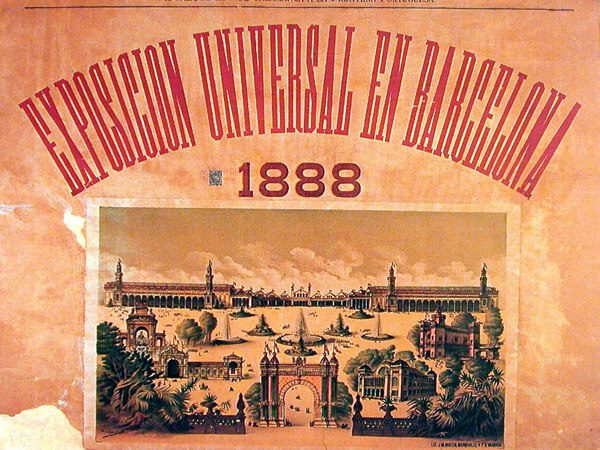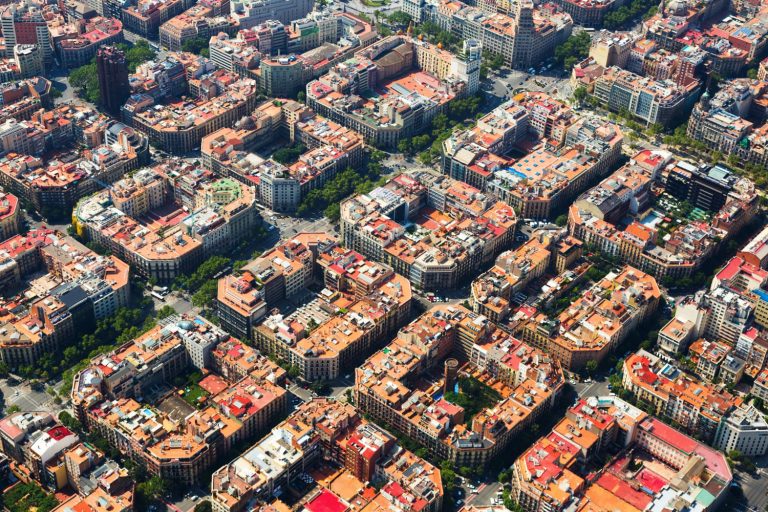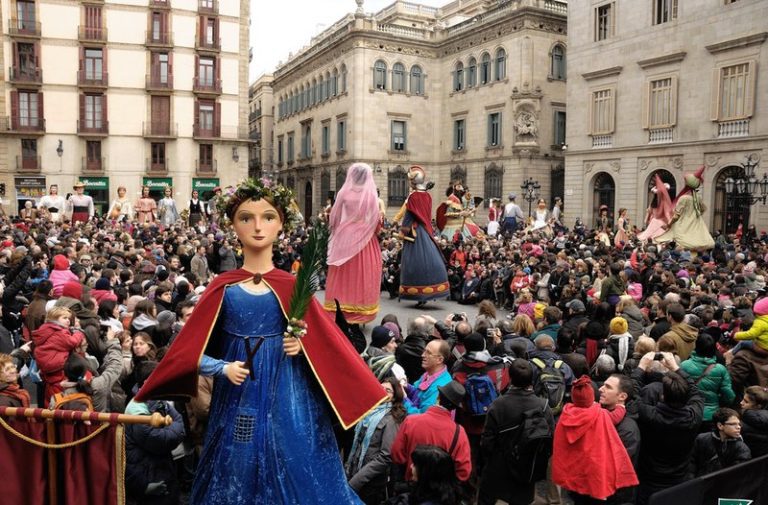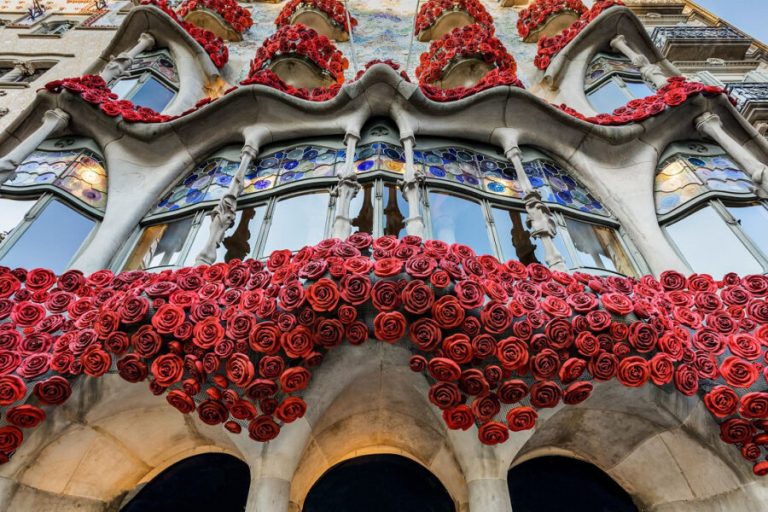The First Universal Exposition of 1888: The Event That Transformed Barcelona
Today Barcelona is a city known worldwide for its art, architecture, and vibrant spirit. But there was a key moment that changed its history forever: the Universal Exposition of 1888.
It was much more than a fair: it was an act of ambition, modernization, and pride. A “before and after” that left visible traces in the city that we can still admire.
Today we’ll tell you about that exposition and why it remains so important.
What Was a Universal Exposition?
Before going into detail, let’s put ourselves in context.
The Universal Expositions emerged in the 19th century as grand international events where countries showcased their technological, industrial, artistic, and cultural advances.
The first one was held in London in 1851, in the famous Crystal Palace. Afterward, other cities like Paris or Vienna hosted spectacular editions.
For Barcelona, being the host of a Universal Exposition in 1888 meant entering the world elite.
Why Was It Held in Barcelona?
At the end of the 19th century, Barcelona was an industrial city in full growth, with an entrepreneurial and ambitious bourgeoisie. However, it also suffered from social and urban problems (remember that the medieval walls had been demolished just a few decades earlier).
Organizing a Universal Exposition was an opportunity to:
- Modernize the city.
- Showcase its economic and cultural dynamism to the world.
- Attract investments and international prestige.
The project had key promoters, such as the then-mayor Francesc Rius i Taulet, who fought against all kinds of difficulties to make it happen.
Where Was It Held?
The Universal Exposition of 1888 took place in the surroundings of the Parc de la Ciutadella.
This space, previously occupied by an unpopular military fortress, was transformed into an urban park and the heart of the exposition.
Interesting fact:
👉 The current Parc de la Ciutadella and many of its constructions are a direct legacy of that event.
Other emblematic spaces that emerged or were transformed were:
- The Arc de Triomf, built as the entrance gate to the exposition.
- The current Barcelona Zoo, located within the park.
- The Monumental Cascade, designed with the collaboration of a young Antoni Gaudí.
What Was Shown at the Universal Exposition of 1888?
The Exposition featured more than 300 pavilions where countries from around the world presented:
- Advances in industrial machinery.
- New agricultural techniques.
- Cutting-edge art, architecture, and design.
- Innovations in electricity and communication.
Nations such as the Austro-Hungarian Empire, France, the United States, and the Ottoman Empire participated, among others.
Additionally, concerts, theatrical performances, sports exhibitions, and leisure activities were organized for visitors.
Impressive figures:
👉 It’s estimated that more than 2 million people visited the Exposition during the six months it was open.
How Did Barcelona Change After the Exposition?
The Universal Exposition of 1888 left a profound impact:
- Urban improvements: New streets, squares, and gardens modernized the city center.
- International projection: Barcelona positioned itself as a modern metropolis open to the world.
- Cultural dynamization: The event boosted artistic movements such as Modernism, of which Gaudí would be one of its greatest representatives.
- Consolidation of the Eixample: Ildefons Cerdà’s urban plan began to take real shape after the exposition.
In short, Barcelona ceased to be a city enclosed in its past to become a cosmopolitan capital.
Curiosities of the 1888 Exposition
- Queen Regent Maria Cristina was the one who officially inaugurated the Exposition on May 20, 1888.
- One of the first electric public lighting systems in Spain was installed.
- The Dragon of Parc de la Ciutadella, that dragon sculpture that many mistake for Gaudí’s work (although it isn’t), was one of the decorative symbols of the exposition.
- It was the first time the concept of cultural tourism was massively used in Barcelona.
What remains today of that Exposition?
Although many pavilions were dismantled at the end of the fair, the architectural and urban legacy is still very much alive:
- The Parc de la Ciutadella remains one of the green lungs of the city.
- The Arc de Triomf is one of the most photographed monuments.
- The idea of a modern, artistic, and open Barcelona was born there.
Recommended walk:
👉 We suggest you walk from the Arc de Triomf, cross Passeig de Lluís Companys and enter Parc de la Ciutadella, imagining how that event that changed history must have been.
Barcelona 1888: The Seed of the City We Love Today
The 1888 Universal Exposition was not just an event: it was an act of faith in the future.
Without that brave bet, perhaps today Barcelona would not be the vibrant, modern, and creative city that so captivates those who visit it… and those who are lucky enough to live it every day.






